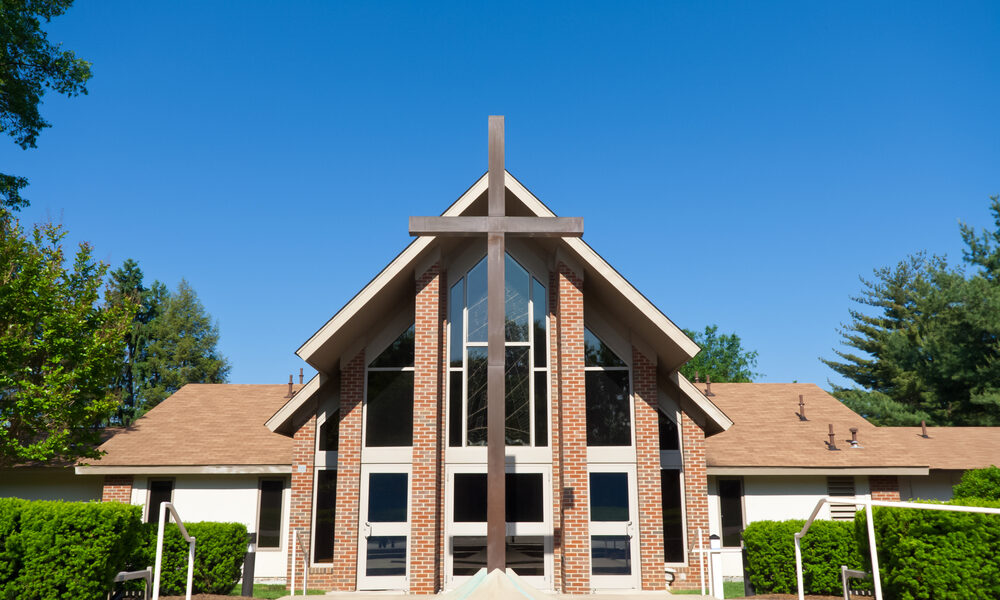I was just a child when I was first made aware of church architecture. It was the early 1970s. The Catholic Church my family attended decided a new building was needed to replace an aging structure not worth repairing. I don’t remember what the old building looked like. But the new building looked nothing like the other two Catholic churches in town. They were old. This was new.
Thinking back on that building project now 50 years old, I realized how few of the old church buildings that once dotted America’s landscape still exist. So many had been torn down and replaced. Others still stand, but they have been modified for residential and commercial use.
Church architecture has been a serious influence around the world for centuries. From the great basilicas of Europe to Asian pagodas and temple complexes, houses of worship have long been so distinct as to be easily recognized. That is not always the case anymore.
New vs. Old
Getting back to my own experience briefly, the new church building my parish built in the 1970s was a solid concrete structure. At least the shell was solid concrete. I distinctly remember construction crews building the forms that would hold the poured concrete. When all was said and done, there wasn’t a square wall in the building.
The exterior walls were curved and winding. The roof was sloped at what I imagine was at least 20 to 25 degrees, culminating in a huge stained-glass window and sky-scraping cross at the top. You would look at it today and swear Frank Lloyd Wright designed it.
By contrast, the other two Catholic churches in town held on to their traditional architecture. Both were rectangular buildings with A-frame roofs. One was made of brick and the other natural stone. Both were quite old. They served their parishes well despite lacking any modern embellishments.
Church with a Modern Flair
Today’s congregations do church with a modern flair. If you need evidence, look no further than Salt Lake City’s Sparano + Mooney architectural firm. They have an entire section of their portfolio dedicated to modern houses of worship. Some would never be identified as such if not for decorative elements that give away the secret.
Most fascinating is that a building really isn’t a church. It is just a structure built with steel, concrete, wood, and glass. The church itself is the people that occupy the building. They do not need a particular style of architecture in order to worship.
Some of the designs featured on Sparano + Mooney’s website shows wide-open spaces with clean lines and very few church trappings. One particular design featuring a West Jordan chapel looks more like a modern art museum than a house of worship.
Repurposing Existing Buildings
Repurposing space is another trend in the modern church environment. Rather than buying a piece of land and building new, congregations are more than willing to make use of already existing space. Some of the results are quite interesting.
For example, it is not unusual to find churches housed in former retail centers. A congregation begins renting a single storefront and eventually expands until it occupies the entire building. Lakes Church in Lakeland, FL used to be known as First Baptist Church at the Mall. Its former name says it all. The church occupies what used to be a sizable shopping mall.
Where have all the old churches gone? The people are still around, but not all of their buildings are. Old church architecture is slowly being replaced by modern design. It is the way architecture goes.




